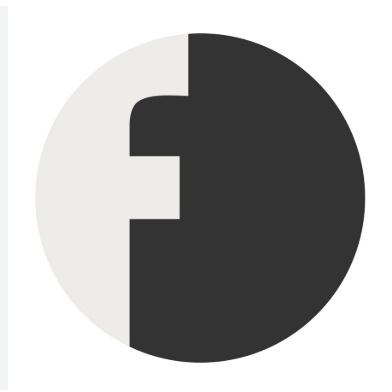Article by Annalisa Girardi – Journalist, Fanpage.it
What is the European Union doing for the green transition? While green policies were certainly a key focus of the last legislature, with the 2024 elections, the new political balance has partially revised the objectives regarding the fight against climate change and environmental sustainability. This, however, does not mean that Brussels has abandoned the project of transitioning to a more sustainable model. "The energy transition belongs to the people, and can only be achieved by them, with them, and for them. However, many are concerned about their jobs and the changes this transition will require. We listen to these concerns to ensure we address them appropriately, providing support at work, developing new skills, and diversifying the economy. Together, we can ensure a just transition," commented European Energy Commissioner Dan Jørgensen.
Of course, this process can also vary greatly from region to region, as the European Commission explains in an article listing the various ongoing initiatives. For example, regions that have historically depended on coal mining will need a specific strategy, while islands—which have unique living conditions and circumstances—will require yet another.
Let's look at the first case. While coal has traditionally represented a significant portion of our energy mix, dependence on this fossil fuel has declined dramatically in recent years. Between 2018 and 2023, it decreased by approximately 40%. 2022 was a watershed year, with solar power overtaking coal as the primary energy source. Clearly, as we transition to more sustainable alternatives, it is important to support those regions whose economies were heavily coal-based, to mitigate job losses and the overall economic and social impact of the change. To meet this challenge, the Commission has created the Coal Regions in Transition Initiative , which encompasses a series of specifically designed support measures.
And then there's the issue of islands, whose energy supply is necessarily more complex than on the continent. The European Union includes 2,400 islands, home to approximately 20 million people. Many of these islands, due to their geographical location, have access to various renewable sources such as solar, wind, and hydropower. However, they often face infrastructure and economic problems, which mean that these territories remain largely dependent on imported fossil fuels. For this reason, the Commission created the Clean Energy for EU Islands Initiative , tasked with providing a long-term framework for supporting clean energy production.
